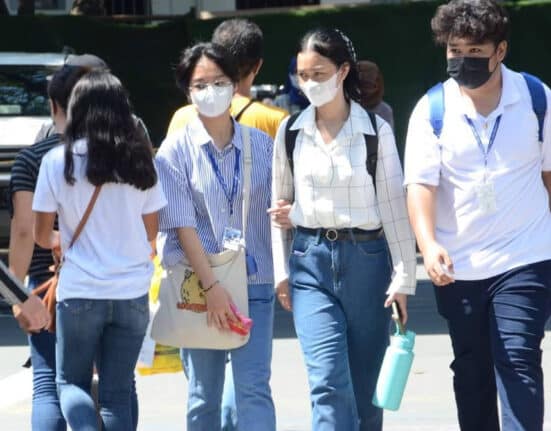IS the Philippines considered the bullying capital of the world?
The Senate Committee on Basic Education raised the alarm after the country registered the worst bullying situation among other nations across the world.
This comes after Sen. Sherwin Gatchalian, who chairs the said committee, revealed statistics from a series of surveys showing the Philippine situation in terms of bullying during a senate hearing on the implementation of the Anti-Bullying Act.
“There is bullying across all nations. It’s happening. But, the disparity is so glaring,” said Gatchalian.
Bullying in numbers
According to Bernadette Madrid, the Executive Director of the Children Protection Network Foundation, the results of the 2016 National Baseline Survey on Violence Against Children, which was led by the Council for the Welfare of Children, indicated that 65 percent of all students in the Philippines had been the target of bullying.
To illustrate, over 17.7 million Filipino students experienced bullying in the said year, Gatchalian said.
The survey showed that three out of every five respondents indicated that they had, at some point in their childhood, been the victim of bullying or violence at the hands of their peers. The incidence was much more significant in females, with 70.5 percent, compared to males, with 59 percent. Approximately 35.4 percent of students report having been bullied in the previous year.
Causes of bullying
The victim’s physical appearance, standing in life, or skin color were the most common factors that prompted bullying. The majority of the respondents who were bullied were subjected to verbal abuse, laughed at or given threatening gestures and looks, and faced being gossiped about or disregarded. A little less than half of the bullying was carried out by classmates and close friends of the victim. According to a significant number of the respondents, engaging in bullying with friends was considered to be “fun,” it said.
In a separate survey from the Program for International Student Assessment (PISA), it noted that the Philippines ranked first out of over 70 countries in the world with the highest percentage of students exposed to bullying. However, it was not clear when the study was conducted.
Gatchalian did not report the exact percentage of the PISA study but noted the result was similar to that of the 2016 National Baseline Survey.
According to Gatchalian, the effects of bullying can be seen in students’ academic performance, especially if they experience frequent bullying.
“Bullying affects learner outcomes and learner performance; there is [a] direct correlation between how our students perform, [and] how our students learn in relation to bullying,” said Gatchalian.
‘Slight bullying is okay’
But for the neophyte senator Robin Padilla, he believes that physical bullying can be handled, but mental torture should be addressed as a more severe form of harassment among the students.
“I’m sorry, but physical torture for me has helped 20 or 30 percent in life. But perhaps we should deal with mental bullying first,” said Padilla in Filipino.
“If physical abuse becomes so severe that the bully wants to kill you, that’s it. However, mild physical abuse is okay,” he added.
According to Padilla, bullies are frequently the children of wealthy or powerful parents, which is why educators are reluctant to punish them.









